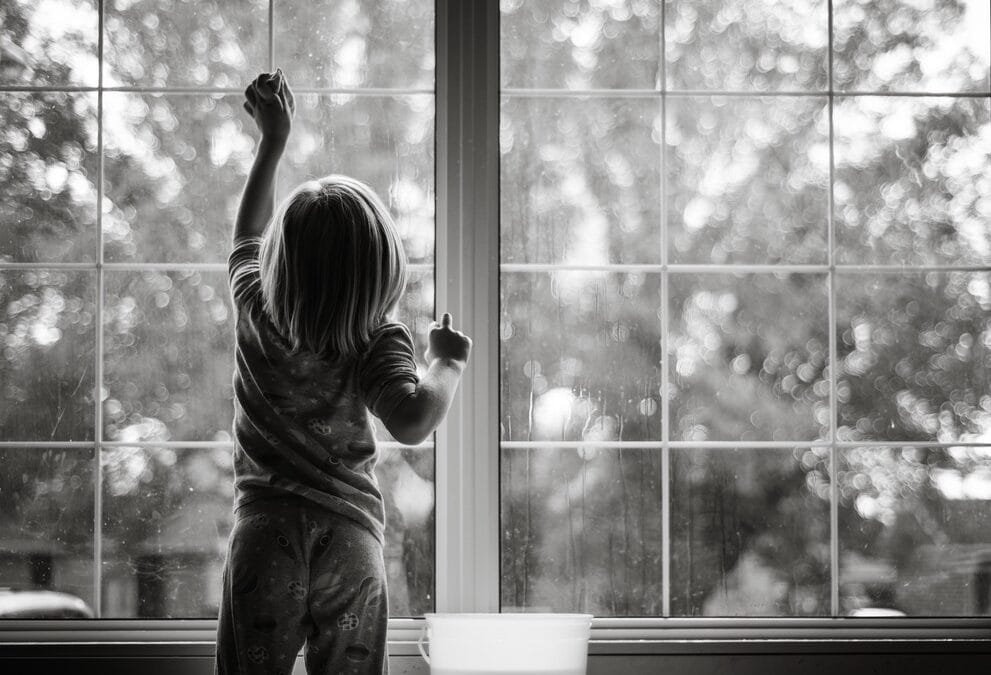Simple ways to reduce your energy usage
Family is important, and so is keeping a warm, energy efficient home for them to live in.
Many of us at some time in our lives consider ways in reducing our energy use, so might find that there are many simple ways to do so.
Back in the Eighties we installed Solar Panels on the roof of the first home we built, and then again in 2011, we installed them once again, and both times we were rewarded with cheaper electricity.
Of course the climates of both those locations were perfect for solar panels, but they did not come without teething problems or the initial hefty expense of installing the panels.
There are many different ways to reduce your household’s energy use, ranging from simple behavioral adjustments to extensive home improvements. T
he two major motives for conserving energy are to save on utility bills and to protect the environment.
Here are a few common ways to conserve energy and save electricity in your home
1.Change your behaviour
Energy conservation can be as simple as turning off lights or appliances when you do not need them.
You can also use energy-intensive appliances less by performing household tasks manually, such as hanging out your washing instead of putting it in the dryer, or washing dishes by hand.
Heating and cooling costs constitute nearly half of an average home utility bill so by turning down the heat on your thermostat in the winter and using your air conditioner less in the summer you are able to make savings.
There are tools that you can use to figure out where most of your electricity is going in your home and which appliances are using the most electricity on a day-to-day basis.
2. Consider installing a programmable or smart thermostat
A programmable thermostat can be set to automatically turn off or reduce heating and cooling during the times when you are asleep or away.
When you install a programmable thermostat, you eliminate wasteful energy use from heating and cooling.
Additional features of programmable thermostats can include indicators for when to replace air filters or HVAC system problems, which also improve the efficiency of your heating and cooling system.
Under tile heating ( Warmfloor) also comes with a programmable thermostat that can be set to turn on and off when required therefore eliminating wasteful energy use.
3. Change your light bulbs for energy efficient ones
Traditional incandescent light bulbs consume an excessive amount of electricity and must be replaced more often than their energy efficient alternatives.
Halogen incandescent bulbs, compact fluorescent lights (CFLs), and light-emitting diode bulbs (LEDs) use anywhere from 25-80 percent less electricity and last 3 to 25 times longer than traditional bulbs.
Although energy efficient bulbs are more expensive to buy, their efficient energy use and longer life span means that they cost less in the long run.
4. Use smart power strips
“Phantom loads,” or the electricity used by electronics when they are turned off or in standby mode, are a major source of energy waste.
In fact, it is estimated that 75% of the energy used to power household electronics is consumed when they are switched off, which can cost you up to $200 per year.
Smart power strips, also known as advanced power strips, eliminate the problem of phantom loads by shutting off the power to electronics when they are not in use.
Smart power strips can be set to turn off at an assigned time, during a period of inactivity, through remote switches, or based on the status of a “master” device.
5. Purchase energy efficient appliances
On average, appliances are responsible for a good portion of total household energy use.
When purchasing an appliance, you should pay attention to the ENERGY STAR label showing the annual operating cost.
The appliance should consume less energy during use and when on standby than standard models. While energy efficient appliances might have higher upfront purchase prices, their operating costs are often lower than conventional models.
There is also ” off the grid” living which has become increasingly popular in recent times, especially in rural locations where there is a lack of reliable grid access.
Off-grid homes will require alternative power options like solar energy.
Off grid system pricing starts at anywhere from $6000 to $12 000 in NZ (which would power a small summer time cabin).
While people who live in conventional homes pay monthly for using things like water, electricity and waste disposal, people who live fully off the grid will pay nothing or very little monthly.
The average home spends anywhere from $150 to $500 a month on electricity, depending on the season.
A solar system added to your home should be considered an investment. It adds green features to your home and is an opportunity to reduce your energy bills.
We don’t inherit the earth from our ancestors, we borrow it from our children
©2023 e-propertymatters.com

